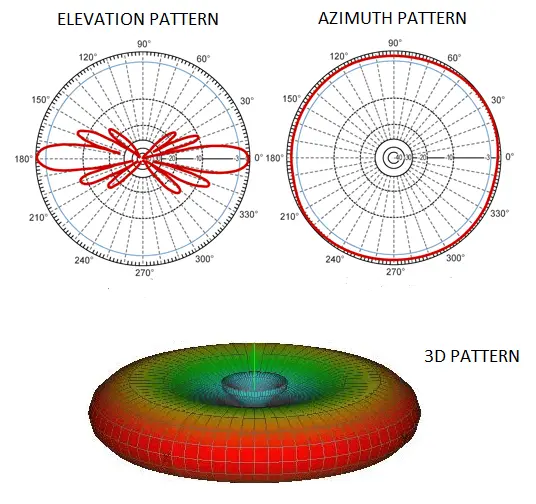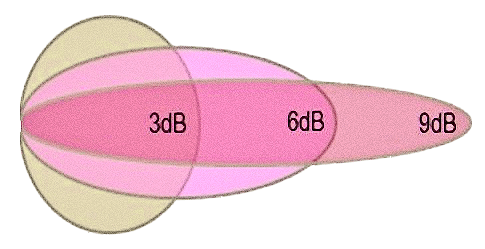I've seen some threads discussing aftermarket antennas for improving cell coverage, but nothing on anything to improve the 900 mhz camera to camera connections. Cell coverage isn't an issue, but our farm is bifurcated into two tracts that are about 1/4 mile apart corner to corner. Heavily wooded timber stands, and I have had to obtain a neighbors permission to put a camera on the property as a "repeater." This works for now, but I'd rather not have to set it up this way. I'm about 300yds shy of getting cameras to connect across the two tracts.
Any success with extended range antenna for the 900 mhz Cuddelink network?
Anyone know what the exact frequencies are that the network operates on?
Any success with extended range antenna for the 900 mhz Cuddelink network?
Anyone know what the exact frequencies are that the network operates on?



